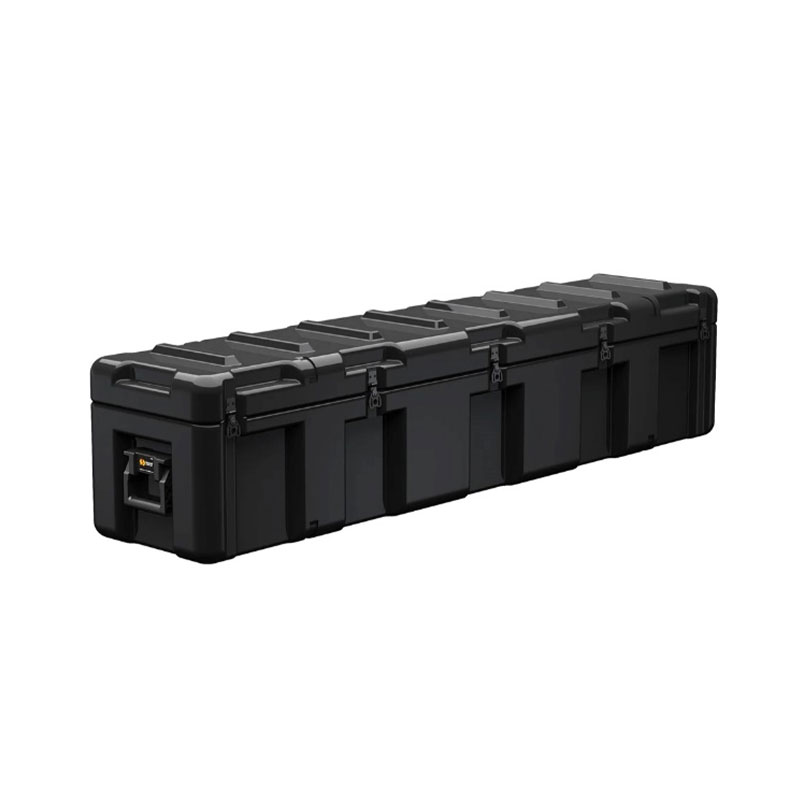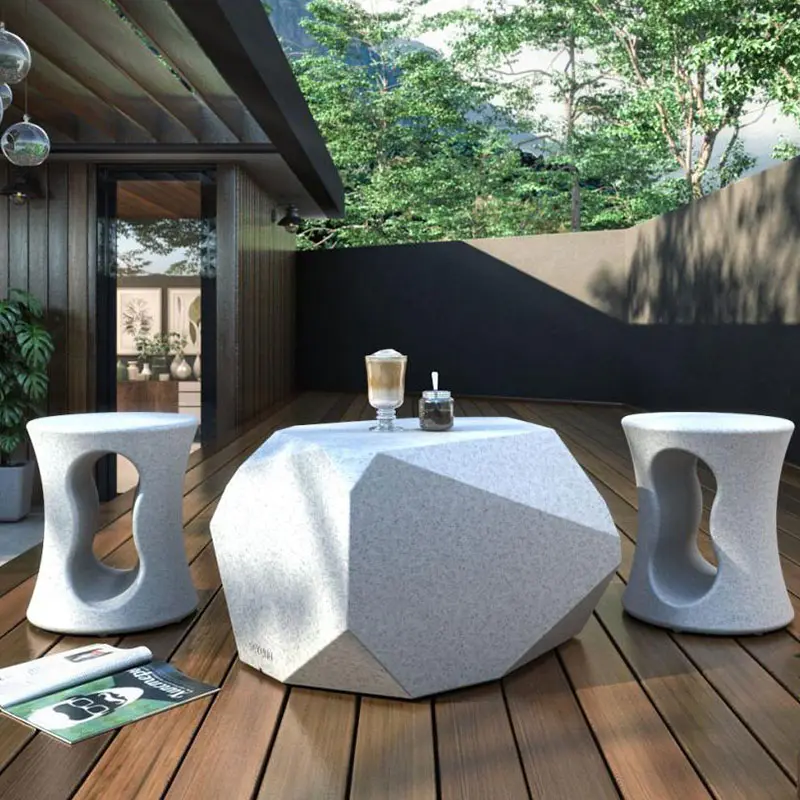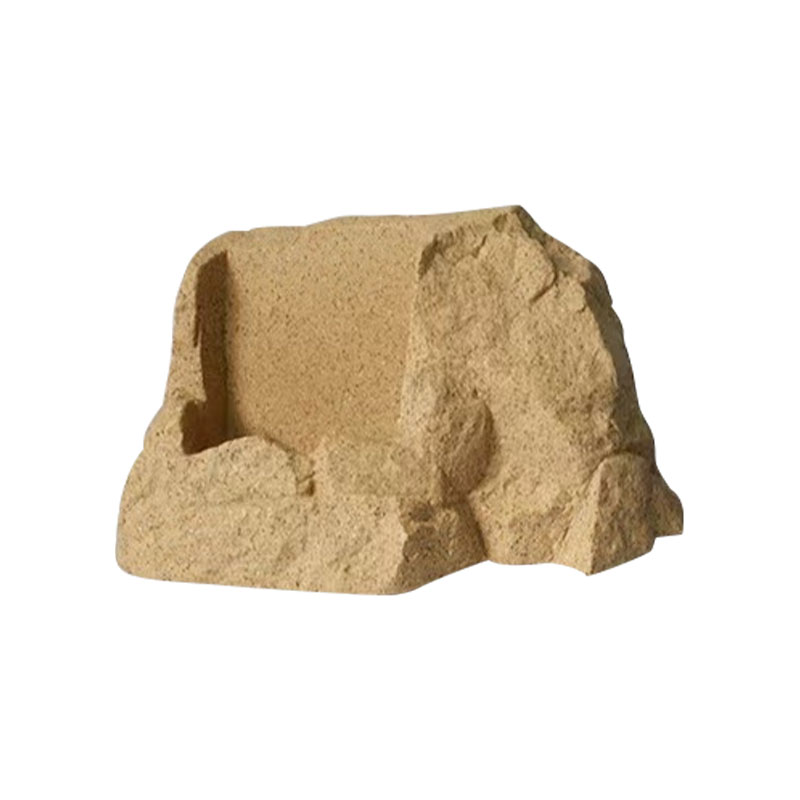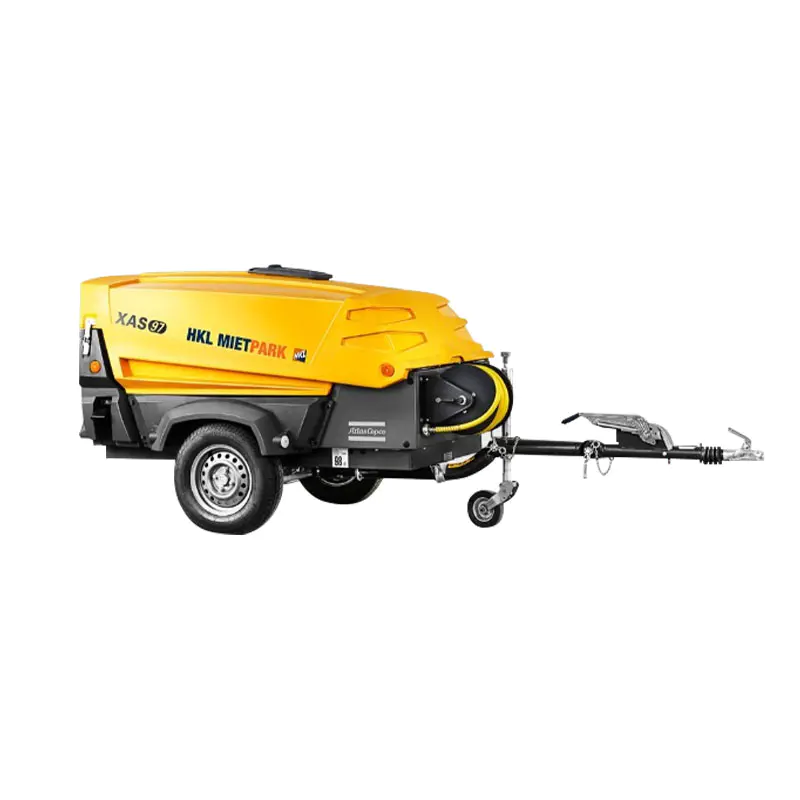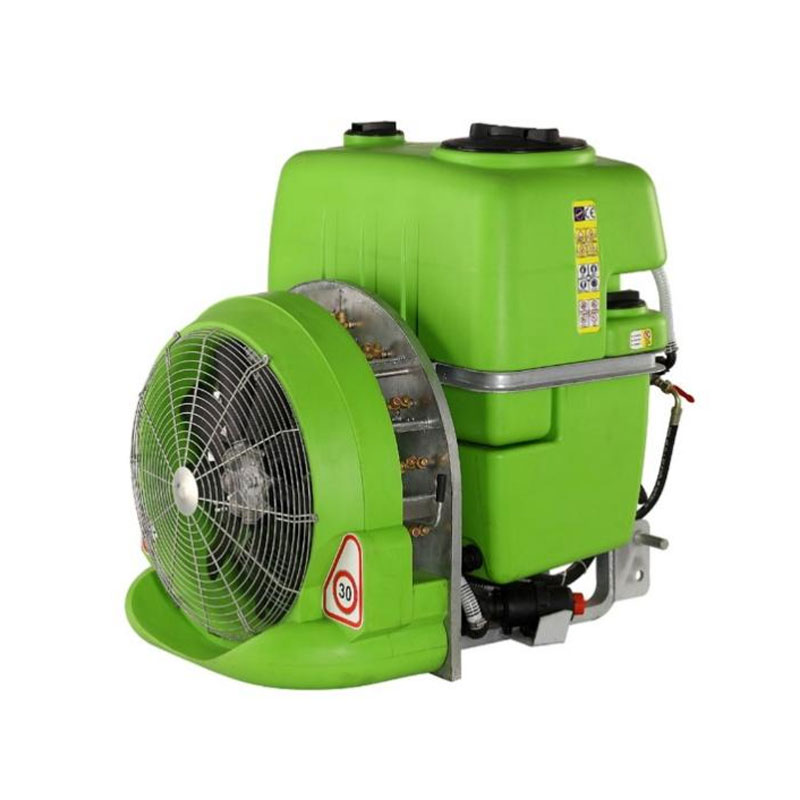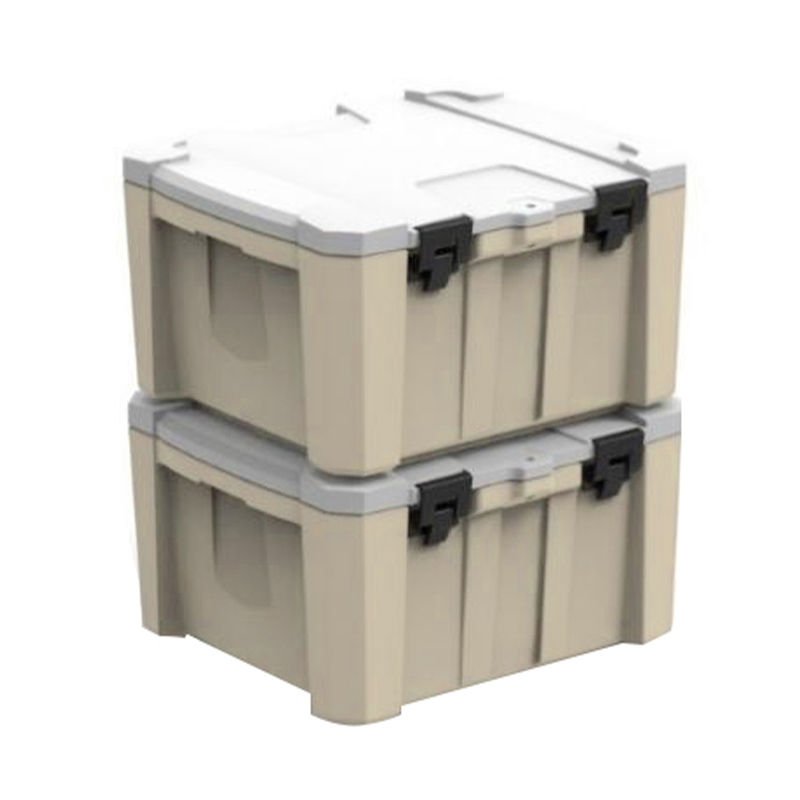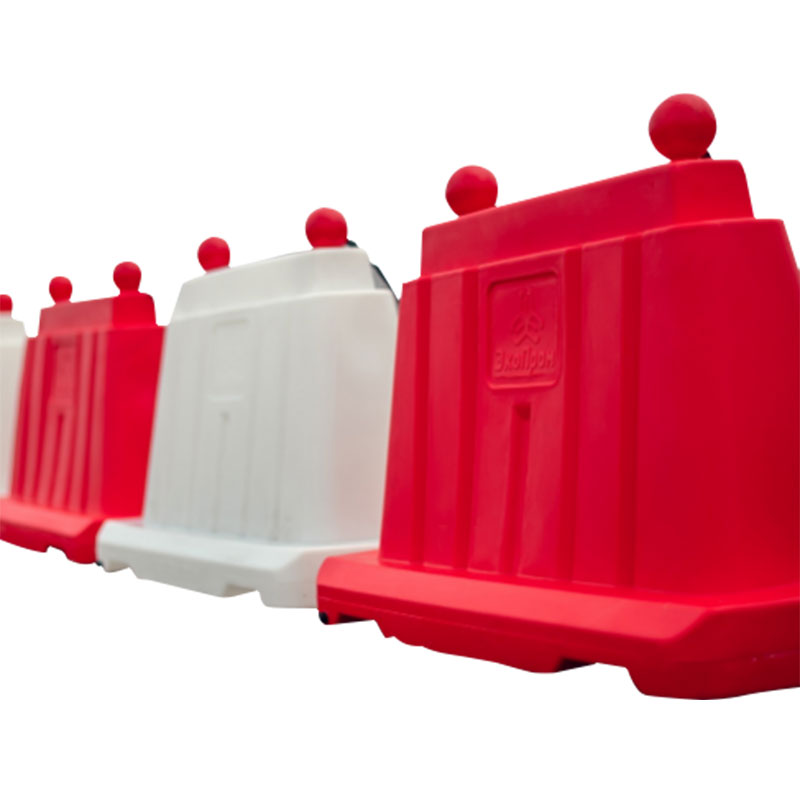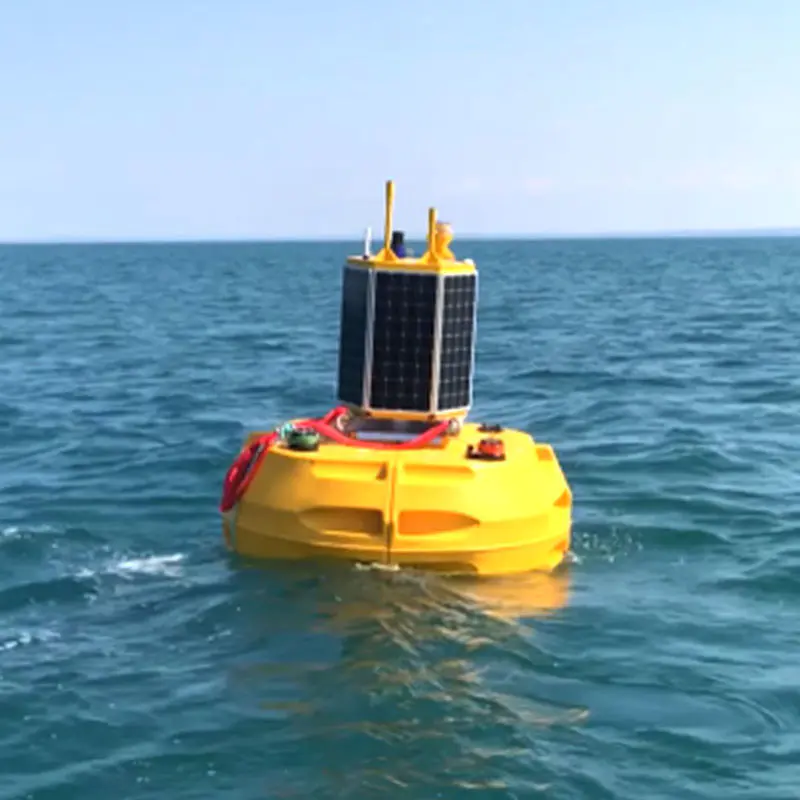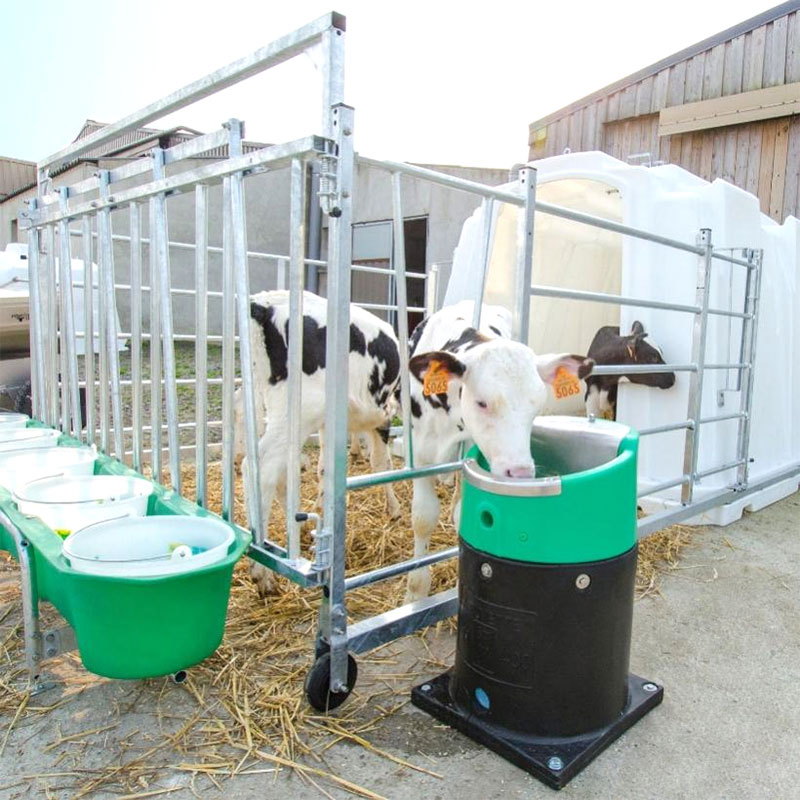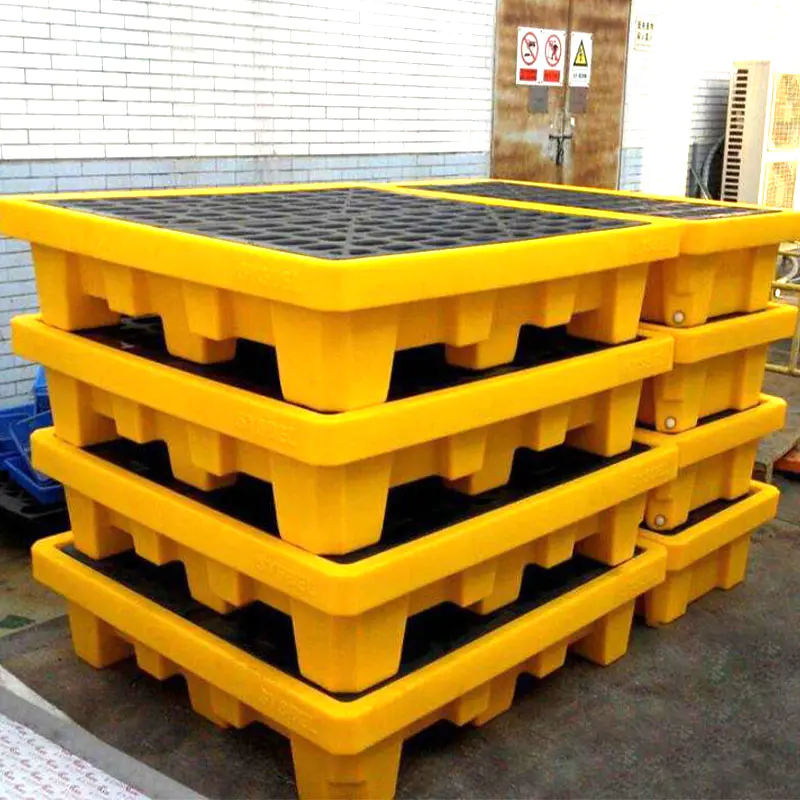Rotational molding, injection molding, and blow molding are three widely used manufacturing processes for producing plastic products. Among them, barricade rotational mold stands out for its unique advantages in creating large, hollow, and durable parts.
1. Process comparison: rotational vs. injection vs. blow molding
The fundamental difference between these methods lies in their manufacturing processes.
- Barricade rotational molding involves heating a hollow mold filled with powdered plastic, which rotates biaxially to evenly coat the interior. The slow cooling process ensures uniform wall thickness and structural integrity.
- Injection molding forces molten plastic into a rigid mold under high pressure, making it ideal for high-volume, precision parts with complex geometries.
- Blow molding inflates a heated plastic parison inside a mold, primarily used for hollow containers like bottles and tanks.
Key distinction: While injection and blow molding rely on high-pressure filling, barricade rotational mold uses gravity and rotation for material distribution, resulting in stress-free, seamless products.
2. Material compatibility and limitations
Each method has specific material requirements that influence product performance.
- Barricade rotational mold works well with polyethylene (PE), polypropylene (PP), and nylon, favoring powdered resins that melt uniformly.
- Injection molding supports a broader range, including ABS, polycarbonate (PC), and rigid plastics, but requires materials with good flow properties.
- Blow molding mainly uses HDPE, PET, and PVC, optimized for thin-walled, lightweight products.
Critical consideration: Barricade rotational mold is less suitable for high-precision, small parts but excels in large, impact-resistant structures like barriers and storage tanks.
3. Product characteristics and structural integrity
The end products vary significantly in strength, wall thickness, and design flexibility.
| Feature | Barricade rotational mold | Injection molding | Blow molding |
|---|---|---|---|
| Wall thickness | Uniform, customizable | Consistent, thin | Variable, thin |
| Hollow structures | Seamless, stress-free | Solid only | Hollow, lightweight |
| Part size | Large (e.g., barriers, tanks) | Small to medium (e.g., gears, housings) | Small to medium (e.g., bottles) |
| Surface finish | Smooth, but less detailed | High precision, fine details | Moderate, often with seams |
Notable advantage: Barricade rotational mold produces stress-free, impact-resistant parts, making it ideal for safety and industrial applications.
4. Cost and production efficiency
Economic factors play a crucial role in selecting the right molding process.
- Barricade rotational mold has lower tooling costs than injection molding but longer cycle times, making it better suited for low-to-medium production runs.
- Injection molding requires expensive molds but achieves high-speed, mass production with minimal waste.
- Blow molding is cost-effective for high-volume, disposable products but lacks the durability of rotationally molded parts.
Trade-off: While barricade rotational mold is slower, it offers better durability and lower upfront costs for large, customized parts.
5. Applications: where each method excels
The choice between these methods depends on the intended use of the product.
- Barricade rotational mold is preferred for heavy-duty applications such as traffic barriers, industrial containers, and playground equipment due to its toughness and weather resistance.
- Injection molding dominates in consumer electronics, automotive components, and medical devices where precision and high-volume output are critical.
- Blow molding is the go-to for packaging, bottles, and fuel tanks, where lightweight, hollow designs are essential.
Practical takeaway: If the priority is durability over speed, barricade rotational mold is often the superior choice.
While injection and blow molding excel in speed and precision, barricade rotational mold provides unmatched benefits for large, hollow, and rugged products. Its uniform wall thickness, stress-free construction, and cost-effective tooling make it indispensable in industries requiring long-lasting, impact-resistant solutions. Understanding these differences ensures manufacturers select the optimal process for their specific needs.

 English
English 中文简体
中文简体 русский
русский Español
Español